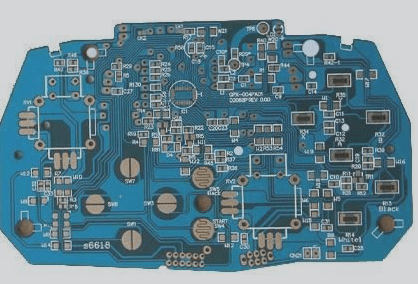Variations in trace width resulting from modifications in PCB design
When designing PCBs, variations in trace width can alter impedance and affect signal quality, necessitating careful consideration of impedance change, signal rise time, and trace length to ensure reflections remain within acceptable limits.
Variations in trace width resulting from modifications in PCB design Read More »










